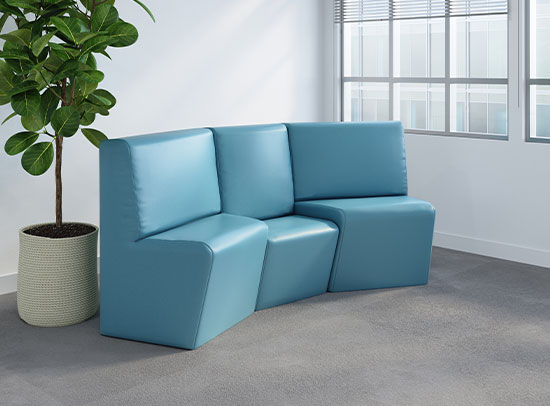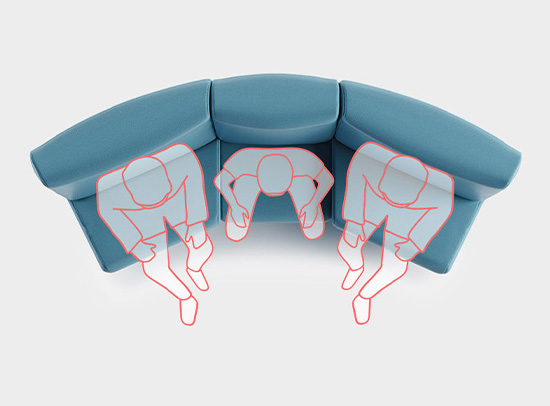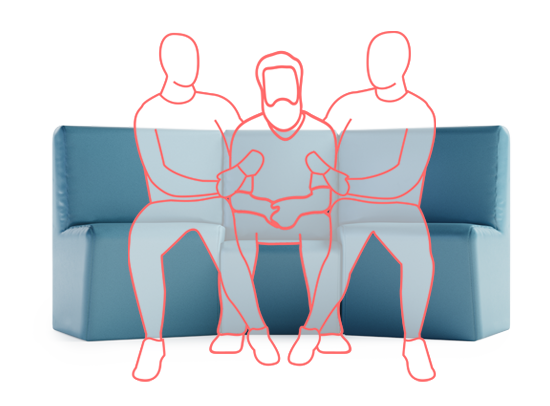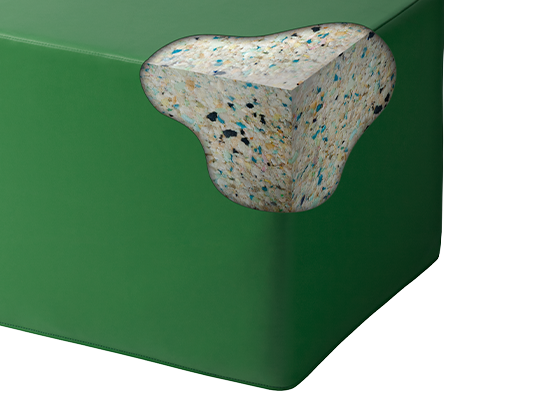While care providers will always aim to minimize disruptive behavior using verbal de-escalation, this approach may not always be successful. When a patient is in severe distress and initial verbal de-escalation techniques have proven ineffective, physical restraint may be used as a last resort to prevent the patient causing harm to themselves and others.
Examples of physical restraint can range from low-level intervention (e.g. in a standing position with one staff member) to severely restrictive techniques like prone restraint (a controversial face-down technique which is associated with risks of positional asphyxiation.
Between the two extremes, there are a number of techniques which can be applied depending on the circumstances and healthcare professionals will seek to use the least restrictive practices in the first instance.
Although physical restraint is used to keep patients safe, it can nonetheless be a disturbing and disempowering experience which may negatively impact their treatment. For those who have previously suffered physical abuse, the negative impact may be even more severe.
Opportunities to minimize the counter-therapeutic impact should be explored where possible, whether they may be environmental or interpersonal factors.
Research from the mental health charity, Mind2 highlighted the importance of communication in particular for mitigating the negative effects of physical restraint, engendering compassion and respect.
For staff too, restraining a patient in distress can be mentally and physically demanding, and poses significant risk of injury. Data collected from 22 mental health trusts in England in 2016-2017 found 1,847 injuries to staff during instances of restraint1.

Collaborating with experienced mental health consultants Andy Johnson Associates, our in-house new product development team designed the JAK de-escalation couch to make the process of de-escalation as dignified and safe as possible.

The lower part of the couch is angled inwards towards the floor, creating a supportive footwell and extra space for staff seated on each side and staff approaching from the front. This also enables staff to secure patient ankles and place them back against the sofa footwell, hampering efforts towards standing up quickly

The couch allows 2 staff members to sit either side of the patient, rotated towards the center at a 33-degree angle. The inward angled design of the sofa allows staff to sit naturally by placing their feet with a wide stable base and provides essential back support for staff who would otherwise be in a twisted position, reducing the effectiveness of their techniques and risking back injuries. It also provides lateral support for staff from sideways forces which may otherwise cause them to be pushed towards the side of the couch.

Cascade and Cascade Plus modular shapes offer all foam construction. The cover for Cascade Plus range is made from antivandal, polyurethane coated nylon. This anti-microbial, wipe clean exterior offers excellent hygiene properties.